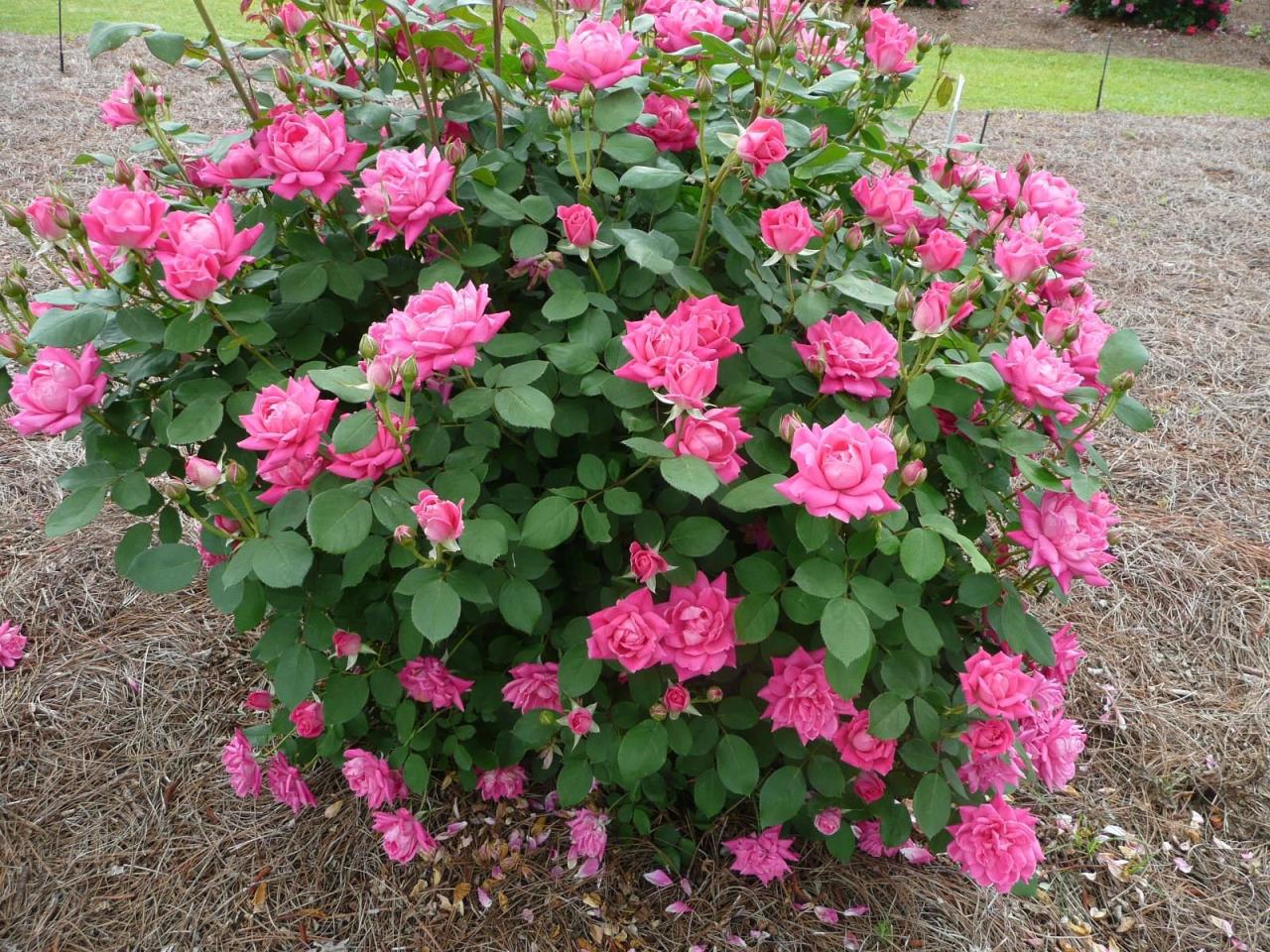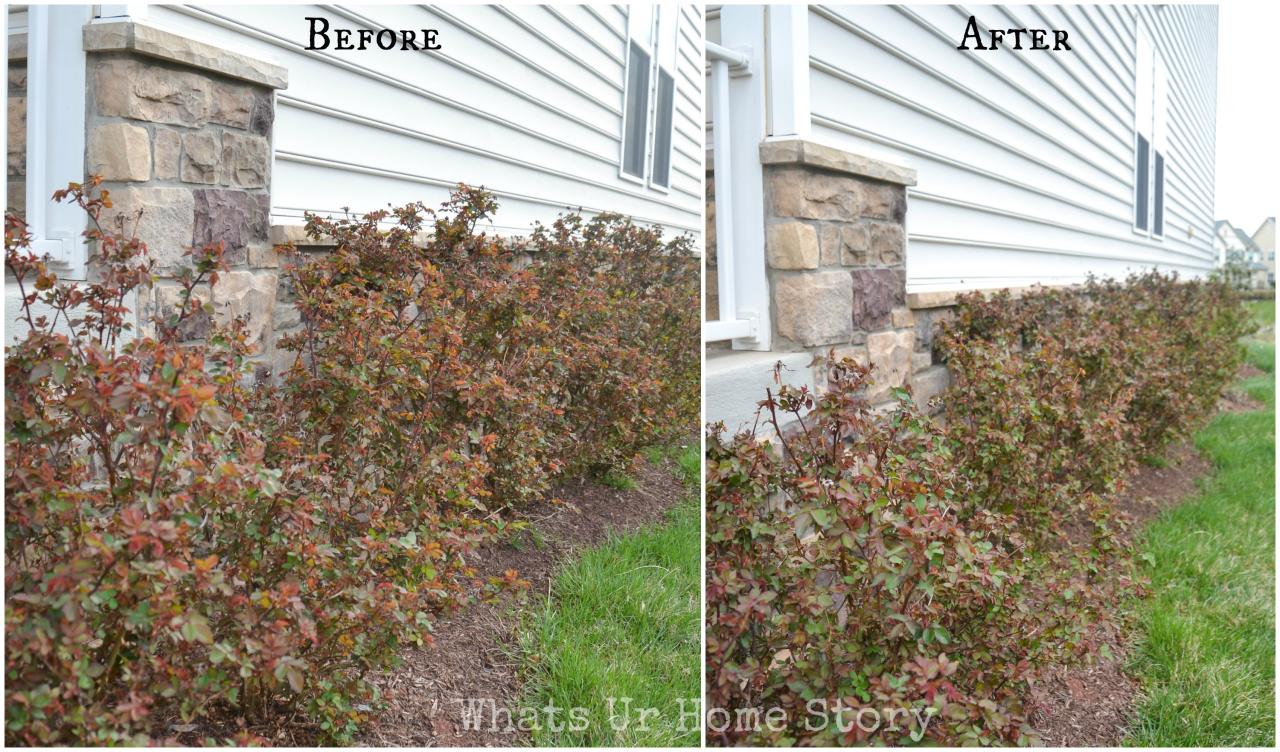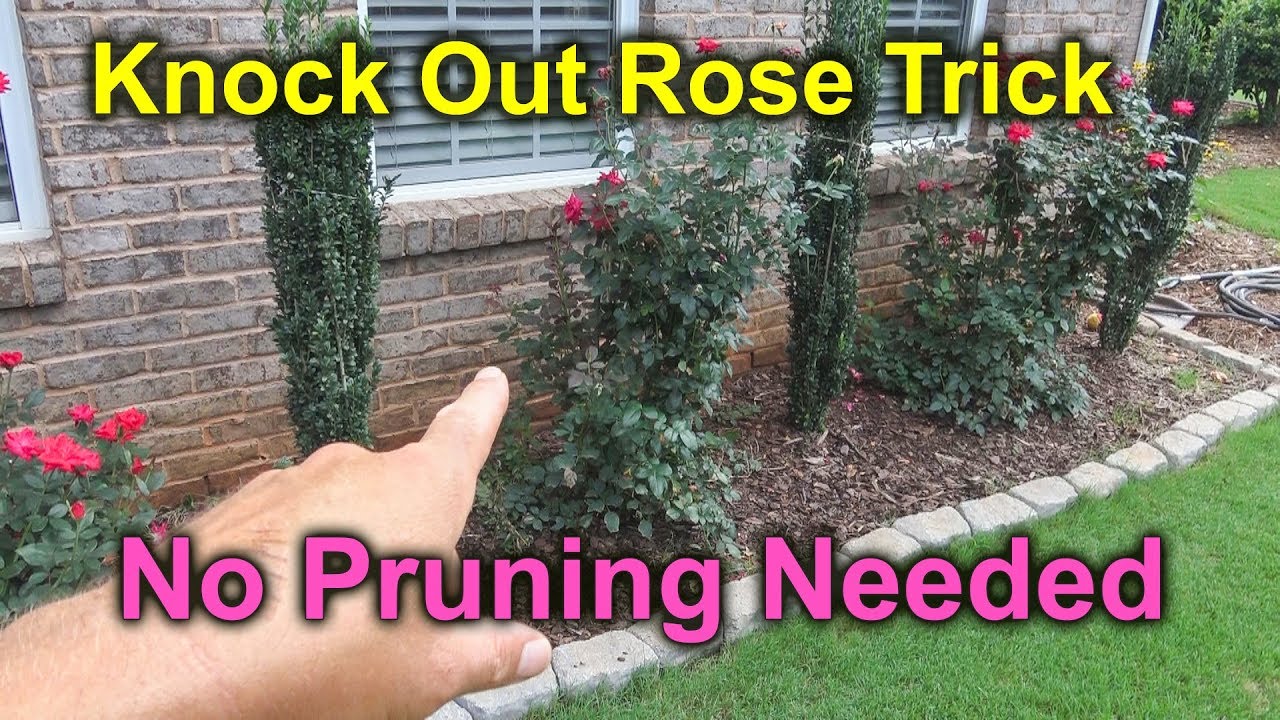Knockout roses are a beloved choice for gardeners due to their vibrant colors and resilience. However, even these hardy plants can encounter problems that lead to them dying off. Understanding the common reasons behind knockout roses dying can help gardeners take preventative measures and ensure their roses thrive. In this post, we will explore the primary causes of knockout roses dying, how to identify the symptoms, and what steps can be taken to revive these beautiful plants.
Understanding Knockout Roses 🌹: Knockout Roses Dying
Knockout roses, introduced in the 1990s by breeder Will Radler, revolutionized rose gardening by being more disease-resistant and easier to maintain than traditional roses. They come in various colors, including pink, red, and yellow, and can bloom continuously throughout the growing season. Despite their robust nature, knockout roses can still face challenges that may cause them to decline in health.
Common Causes of Knockout Roses Dying
1. Overwatering or Underwatering
Watering is crucial for the health of knockout roses, but both overwatering and underwatering can lead to problems. Roses require well-drained soil, and excess water can cause root rot, while insufficient water can stress the plant.
| Condition | Symptoms | Solution |
|---|---|---|
| Overwatering | Yellowing leaves, wilting, root rot | Reduce watering, improve drainage |
| Underwatering | Brown, crispy leaf edges, stunted growth | Water thoroughly and consistently |
Remember, the key to healthy knockout roses is consistent watering! 🌧️
2. Poor Soil Conditions
Soil quality plays a significant role in the health of your roses. Knockout roses prefer rich, loamy soil that drains well. Compacted soil, lack of nutrients, or a pH imbalance can lead to decline.
Improving Soil Conditions
- Test the soil pH; it should be between 6.0 and 6.8.
- Add organic matter such as compost to improve nutrient content.
- Ensure proper drainage by aerating compacted soil.
3. Pest Infestations
Insects like aphids, spider mites, and Japanese beetles can cause significant damage to knockout roses. Identifying the signs of pest infestations is crucial for timely intervention.
| Pest | Symptoms | Control Measures |
|---|---|---|
| Aphids | Sticky residue, distorted leaves | Insecticidal soap or neem oil |
| Spider Mites | Webbing on leaves, yellowing | Regularly mist leaves or use miticides |
| Japanese Beetles | Holes in leaves, wilting | Handpick or use insect traps |
Act quickly if you notice signs of pests to prevent extensive damage to your knockout roses!
4. Fungal Diseases
Fungal diseases such as black spot and powdery mildew can severely affect knockout roses. These diseases thrive in humid conditions and can spread quickly if not addressed.
Identifying Fungal Diseases
- Black Spot: Round black spots with fringed edges on leaves.
- Powdery Mildew: White, powdery substance on leaves.
Control Measures
- Ensure proper air circulation around plants.
- Avoid overhead watering to keep foliage dry.
- Use fungicides as a preventive measure.
Reviving Dying Knockout Roses
Assessing the Damage
Before taking action, assess the overall condition of your knockout roses. Check the roots, leaves, and surrounding soil. Look for signs of recovery potential, such as healthy new growth or intact roots.
Proper Pruning Techniques
Sometimes, simply pruning away dead or diseased branches can help the plant redirect its energy towards healthier growth. Follow these steps:
- Use clean, sharp pruners to prevent infection.
- Remove any dead or yellowing leaves.
- Trim back any diseased stems to healthy tissue.
Implementing a Fertilization Schedule, Knockout Roses Dying

Once your knockout roses show signs of recovery, it’s essential to provide them with the right nutrients. Use a balanced fertilizer during the growing season to promote healthy blooms.
| Type of Fertilizer | Application Frequency | Benefits |
|---|---|---|
| Balanced Fertilizer (10-10-10) | Every 6-8 weeks | Promotes growth and blooms |
| Organic Compost | Once in spring | Enhances soil health and structure |
Preventing Future Issues

Choosing the Right Location
Location matters when planting knockout roses. Ensure they have ample sunlight, good air circulation, and protection from harsh winds. Ideal planting sites should receive at least 6 hours of sunlight daily.
Regular Maintenance
Establish a regular maintenance routine to keep your knockout roses healthy. This should include:
- Regular watering
- Pruning dead or diseased material
- Inspecting for pests and diseases
- Fertilizing as needed
Seasonal Care Tips
In addition to regular maintenance, seasonal care is critical. In the fall, consider mulching around the base to protect roots during winter. In early spring, perform a thorough inspection and cut back any winter damage.
Conclusion
Knockout roses can be a stunning addition to any garden, but they require proper care and attention to thrive. By understanding the common issues that can lead to their decline and implementing effective strategies for revival and prevention, gardeners can ensure their knockout roses remain healthy and vibrant for years to come. With the right approach, you can turn your dying knockout roses back into a flourishing part of your landscape! 🌼
